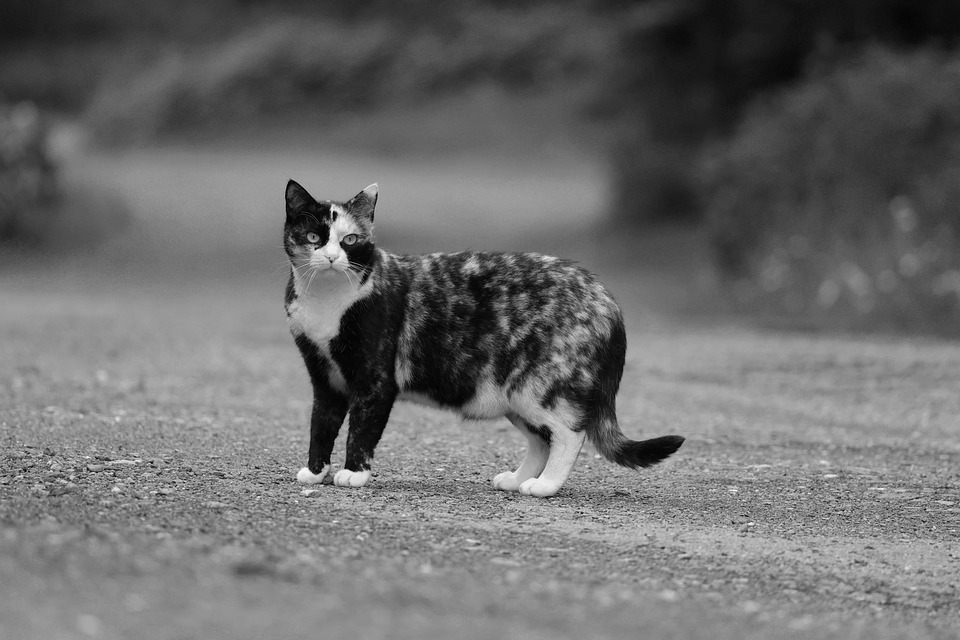Title: Understanding and Addressing Tail Vibrating Behavior During Play in Cats
Introduction:
Cats are known for their unique behaviors, and one of the intriguing ones is tail vibrating during play. While it may seem confusing or even worrisome to cat owners, understanding the reasons behind this behavior can help enhance the bond between you and your feline companion. In this article, we will delve into the topic of tail vibrating behavior in cats during play, its possible causes, and how to address it effectively.
I. What is tail vibrating behavior in cats?
A. Definition and description:
Tail vibrating behavior in cats refers to the rapid movement of the tail while engaged in play. It is characterized by a quick back-and-forth motion, often accompanied by a relaxed body posture and playful behavior.
B. Common scenarios when tail vibrating occurs:
Tail vibrating behavior can be observed during various playful interactions, such as chasing toys, pouncing on objects, or engaging in mock hunting behavior. It is frequently seen when cats are in a state of excitement or anticipation.
II. Why do cats exhibit tail vibrating behavior during play?
A. Instinctual and predatory behavior:
Tail vibrating during play is believed to be rooted in a cat’s instinctual predatory behavior. It mimics the movement of a prey’s tail, signaling excitement and readiness to pounce.
B. Communication and social interaction:
Cats also use tail vibrating as a form of communication during play. It can indicate their enjoyment and enthusiasm, inviting others to join in the fun or signaling that they are not threatening.
C. Emotional expressions:
Tail vibrating behavior can also be an expression of various emotions, such as happiness, excitement, or pleasure. It is a way for cats to release pent-up energy and engage in a playful manner.
III. How to address tail vibrating behavior during play
A. Recognize the difference between playful and aggressive behavior:
It is essential for cat owners to differentiate between playful tail vibrating and aggressive behavior. Playful tail vibrating is usually accompanied by relaxed body language and non-threatening behavior, while aggressive behavior may involve hissing, growling, or a tense body posture.
B. Provide appropriate outlets for energy and play:
To address tail vibrating behavior, ensure your cat has access to appropriate toys and interactive play sessions. Engage in activities that encourage mental and physical stimulation, such as puzzle toys or interactive play sessions with feathers or laser pointers.
C. Consistency and positive reinforcement:
Consistency in providing structured playtime and positive reinforcement for appropriate behavior can help redirect excessive tail vibrating or aggression. Reward your cat with treats or praise when they exhibit calm and controlled play behavior.
D. Seek professional advice if necessary:
If tail vibrating behavior during play becomes excessive, aggressive, or causes concerns, it is advisable to consult with a veterinarian or animal behaviorist. They can provide personalized guidance and advice to address any underlying issues.
IV. Frequently Asked Questions (FAQs)
1. Is tail vibrating behavior during play normal?
2. What is the difference between tail vibrating during play and aggressive behavior?
3. How can I differentiate between a playful or excited tail vibration and a fearful one?
4. Can tail vibrating behavior ever indicate discomfort or pain in cats?
5. Are there any health issues associated with tail vibrating during play?
6. Should I be concerned if my cat’s tail vibrates excessively during play?
7. Can tail vibrating behavior be modified or controlled?
Conclusion:
Understanding tail vibrating behavior during play in cats is crucial for cat owners to ensure a harmonious and healthy relationship with their feline companions. By recognizing the underlying reasons and addressing any concerns effectively, you can provide a stimulating and safe environment for your cat, encouraging joyful playtime while strengthening the bond you share. Remember, if in doubt, always consult with a veterinarian or animal behaviorist for professional guidance and advice.








